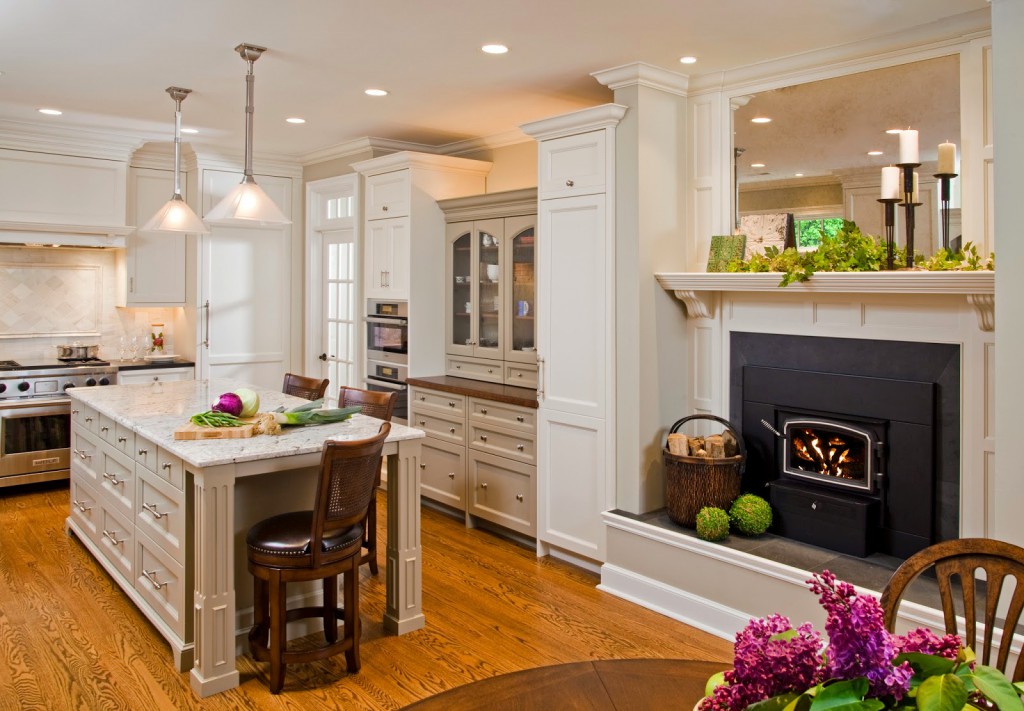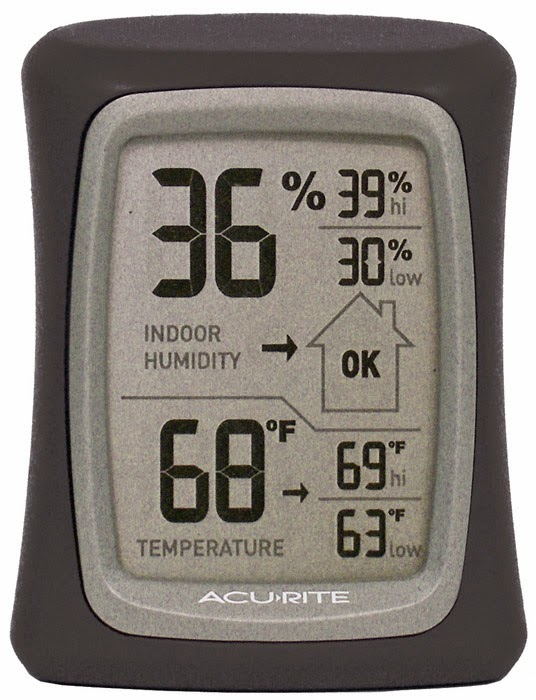Winter Care Tips For Improving Your Indoor Environment
Proper Indoor Climate Control Is Healthy for You and Your Wooden Furnishings

Winter has arrived. The children are excited about snow and you anticipate relaxing by a nice warm fireplace during the winter nights. Sounds enticing.
All of a sudden you start to see changes in your home. You notice wider gaps in your wood floors and maybe panels on wooden doors appeared to shrink and wooden drawers appear loose. You might see some unfinished wood or finishing lines in cabinetry and furniture. You are wondering – what happened?
In a nutshell, the wooden products in your home are adjusting to the humidity
level in the atmosphere. During the winter months the air is “dry”
because cold air retains less moisture and when we heat the air the relative
humidity becomes lower. When you have “dry air” moisture is actually
being drawn out of the wooden furniture in your home until an equilibrium state
is reached. That is why you will see gaps in your wood
floors, doors, cabinets and why doors and drawers aren’t quite as tight. In more severe situations you might even experiencing splits and cracks in your wooden furniture.
The opposite affect happens when that moist spring and summer air rolls in. Warmer air holds more moisture and the dry wood in your home will absorb that moisture until an equilibrium state is achieved. This causes wood to
swell, or become slightly larger. In technical wood geek terms, wood is hygroscopic, which refers to its property of changing to atmospheric humidity.
To control the expansion and contraction of wood, you want to establish moisture/humidity control in your home. Moisture is controlled in homes with proper ventilation, control of air infiltration, heating, cooling and controlling humidity with either a dehumidifier or a humidifier, which adds moisture to a home. With an inexpensive thermometer and hygrometer you can measure the temperature and humidity level in your home. You can consult a qualified specialist to help you design an indoor environmental control system that is appropriate for your home.

The environmental protection agency recommends that homes maintain a relative humidity level between 30% and 50%. The EPA recommends normal indoor temperatures for winter to range between 67.5 F and 75.5 F and summer indoor temperatures range between 73 F and 80 F. If you really want to maintain pristine environmental climate control you can look at museum quality
standards. Generally you can think of museum quality climate control as keeping the temperature at 70 degrees Fahrenheit and the relative humidity at 50% (Rh%). Ideally, these two conditions do not change or do not change more than 10 degrees Fahrenheit and 10%Rh within 24 hours. Whether you target EPA guidelines or museum quality standards one of the important points here is to try to maintain the stability of the temperature and relative humidity in your home. Remember that the moisture content in your wood is trying to reach equilibrium. Keeping a consistent temperature and relative humidity level will allow the wood’s moisture content to be stable and therefore your wood will be stable – no more (or a lot less) expansion and contraction.
If you prefer interior wood details that remain constant between seasons, then keeping a stable indoor climate will increase your enjoyment of your wooden home furnishings and interior wood elements. But, keep in mind, you don’t need a sophisticated moisture control system in your home to enjoy beautiful floors, cabinets and other interior wood elements, as long you understand that wood is a natural product and will respond to the loss of or introduction of moisture from season to season.
Easy Solution Tips:
- Buy an inexpensive monitor to measure indoor temperatures and relative humidity.
- Keep your indoor temperature stable and don’t allow indoor temperatures to fluctuate more than 10 degrees F within 24 hours.
- Programmable thermostats are a great way to control the temperature in your home and save money.
- Maintain relative humidity levels between 30% and 50%.
- If you need to raise the relative humidity levels simply place an open container of water in a room and allow it evaporate.
- House plants and aquariums can also introduce moisture into a home, which might be appropriate in the winter time, but unwanted in the humid summer months. Monitoring your indoor temperature and relative humidity will let you know if house plants and aquariums introduce too much moisture.
Implementing these indoor climate guidelines will certainly create a sound environment for your wooden home furnishings, but more importantly they will also create a healthier living environment for your family.

